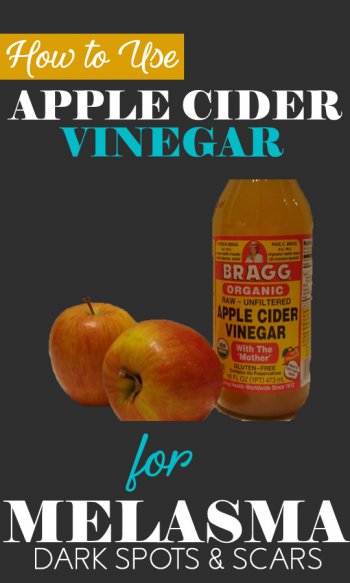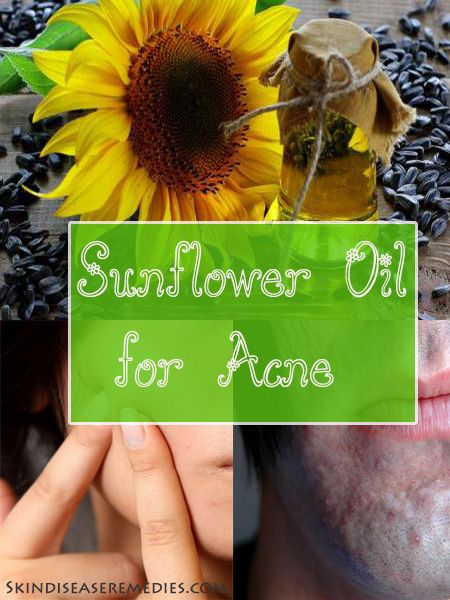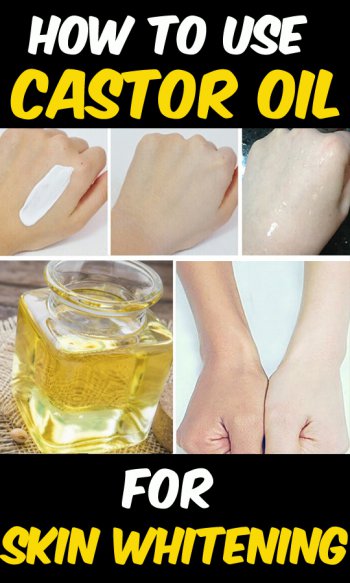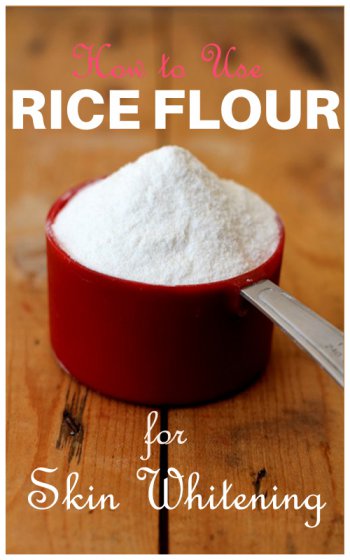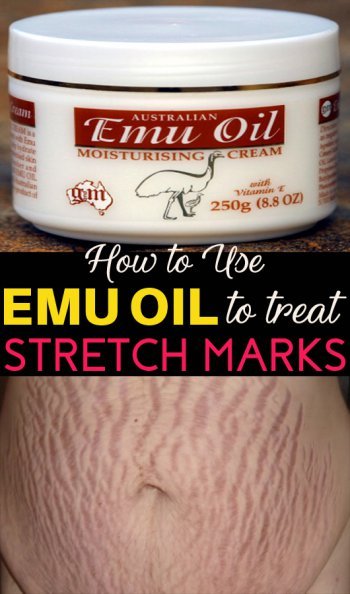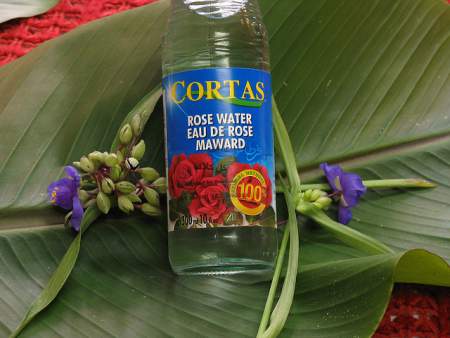
Assorted nutrients in kaolin clay for skin enticed cosmetic world, so they started incorporating this natural ingredient into their pricey products.
Luckily, benefits of kaolin clay are not just confined to skin, but it has been used to treat diarrhea and other health issues from centuries.
Check out the ingredients over your tooth paste, soap, paper, light bulbs, food additives and skin care creams. Surprisingly you’ll find kaolin clay in most of them.
What is Kaolin Clay?
Kaolin clay is natural clay found in different parts of the world, naturally produced by chemical reaction of aluminum silicate minerals in rock and soil.
Usually it’s soft and white, anyway in other parts of the earth it is colored pink, red or orange based on chemical minerals.
To use it as a medicine lab experts make kaolin clay in laboratories. Based on kaolin clay uses and its chemical composition, it is also known as kaolinite clay, china clay, white clay, aluminum silicate hydroxide and kaolin clay.
KAOLIN CLAY – BUY NOW
What’s Special about kaolin clay?
When there are other natural clays, what makes kaolin clay stand out?
Unique properties of this clay include it is mildest of all clays. As mentioned above, this clay is packed with wide range of minerals and is silky.
It can withstand high firing temperature and is stronger.
Is kaolin clay good for skin? What are benefits of kaolin clay? Can you use it for culinary purpose? Let’s discuss these things in detail.
5 Amazing Benefits of Kaolin Clay for Skin
Kaolin clay powder is one such innate remedy which has been used extensively from centuries. Its renowned properties soothe skin and restrain infectious bacteria.
Though there is no strong scientific research backing these claims, you’ll find people extolling kaolin clay skin benefits.
Let’s dwell into kaolin clay uses.
#1. Cleanse with Kaolin Clay Mask
Commercial cleansers contain chemicals that may stripe natural moisture off your skin. Kaolin clay mask is more natural and recommended for sensitive skin. High concentration of silica housed in this clay will thwart dirt and dead cells by exfoliating.
Along with cleansing, kaolin clay acts as detoxifying agent. Toxins which may trigger infection and other skin diseases can be restrained or removed with silica.
You can use it over complete body, just mix kaolin powder with water and apply it over body and rinse it off after 20-30 minutes.
Kaolin clay mask will leave your skin moist and well hydrated because of phytonutrients in this mask.
With cleansing, detoxifying and hydrating properties you can use kaolin clay for skin whitening.
Here is an effective cleansing face mask recipe. Research concludes that, phytonutrients acts as antioxidant and protects from UV rays.
#2. Kaolin Clay for Acne
According to dermatologists, hormonal imbalance and inflammation are main causes of acne lesions. Hormonal imbalance stimulates excess production of sebum, which gets clogged at skin pores along with dead cells, P.acnes bacteria feed on them increasing acne condition.
Kaolin clay mask cleanses dead cells and stripes excess oil from the skin. Anti-inflammatory properties residing in this clay reduces acne inflammation, resulting in smooth and nourished skin.
If you’ve dry skin, then apply moisturizer after using kaolin clay face mask.
#3. Excellent Remedy for Various Diseases
When combined with other remedies kaolin clay will be able to treat diseases like ulcers and intestinal inflammation. Kaolin clay forms a protective layer over gastrointestinal tract, which removes toxins and reduces inflammation.
Topically applying China clay or white kaolin clay will treat skin conditions like soreness of muscles, reduces pains, treats insect bites, herpes zosters, bruises and enhances fast healing of minor cuts and injuries.
As kaolin clay helps to improve blood circulation it can treat soreness of muscles, aches, pain, heel cuts, reduce inflammation, treat insect bites and zosters.
#4. Kaolin Clay Helps in Detoxifying Your Skin
Detoxifying and cleansing ability of kaolin clay help to remove dead cells and also stimulate cell regeneration.
As discussed above, phyto-nutrients residing in the clay eliminate excess oil and toxins from the body.
- Wrap your skin with thin layer of kaolin clay face mask.
- After 20 minutes peel the mask.
- Rinse your face with water
- Nutrients in the clay are remained on your skin to trigger cell regeneration.
#5. Kaolin Clay Bath
Winter isn’t good for your skin.
Dry itchy skin patches appear all over the face. Fortunately, you can try this cheap yet effective clay to combat cosmetic issues in this old season.
- Mix ¼ cup of kaolin clay with few drops of lemon essential oil.
- Also grate the zest of orange and add to the mixture.
- Add the obtained paste to lukewarm bath water.
- Soak yourself in the tub for 15 minutes, so that vitamins and minerals in kaolin clay start their work.
- People who’re suffering from eczema, psoriasis and rosacea will find it useful.
Other Benefits of Kaolin Clay
Because of its exfoliating ability, kaolin clay can be used on scalp to stimulate blood circulation.
While cleansing your hair and scalp, it won’t strip moisture from your scalp.
Prominent vitamins and minerals in kaolin clay prevent premature graying of hair and improve elasticity.
- Instead of just mixing the China clay with water, you can mix aloe vera gel or lemon juice.
- Aloe vera gel is renowned for its hydrating and healing properties.
- Lemon juice helps to remove dandruff and removes excess oil from the scalp.
- Mix all these 3 ingredients in required quantity and apply it on prewashed hair.
- Allow it to dry naturally for 15-20 minutes and then rinse it off with water.
- Where to Buy Kaolin Clay?
Buy Here (Amazon)
Now that you know kaolin clay uses for skin, you’d like to try it. But from where you can buy kaolin clay? Try your local drug store first; else try Amazon.com coastalscents.com or vitaminshoppe.com.
White kaolin clay is most recommended; anyway you can try pink kaolin clay powder also. After getting kaolin clay powder, mix it with water and topically apply over face or skin.
Calcined Kaolin Clay
When I checked ingredients of my soap I found this version of kaolin clay. Calcined kaolin clay produced from natural mineral kaolinite clay. Its non-toxic and used in various daily used products.
Kaolin Clay during Pregnancy
During pregnancy, skin develops various diseases like acne and stretch marks. Can you use kaolin clay to treat them? Yes, you can use kaolin clay mask to treat acne during pregnancy, but under doctor’s supervision, because most women love to eat kaolin clay.
Can you eat kaolin clay?
This habit of eating clay is old practice. When asked women in African why they eat clay, they said they like the smell. Though few nutritionist believe eating kaolin clay will decrease toxins in the body, there are no such scientific research backing this claim. (More on pregnancy and clay eating here )
How to Make Kaolin Clay Facial Mask
- Get white kaolin clay through online and mix it equal proportion of water.
- Cleanse your face with water and then evenly applying it over face.
- Leave minerals in kaolin clay to start affecting for 15 minutes. (depending on your skin, for sensitive skin 5 minutes)
- Then rinse it off with water.
- Pat dry and applying moisturizer.
Important Tips
- Use kaolin clay as facial mask, don’t eat or use it in powdered form.
- Avoid smelling kaolin clay powder; the fine dust may enter your nose.
- If the clay is making your skin dry, then limit its use and apply moisturizer like jojoba oil.
- Consumption of kaolin clay may result in low hemoglobin level in blood.
- Chalk eater love to eat kaolin clay because of its enticing smell, but remember that it may cause malnutrition.
- Red kaolin clay, one of the varieties of clay has adverse effect, so use it in small quantity.
- With numerous benefits, kaolin clay has few side effects. Reach your physician if you notice change in your eating habits or increase in skin infection.
Benefits of kaolin clay for skin are renowned and unmatched, anyhow more research and analysis is needed in this area.
Do share your views in comments.
Other resources
How to use Multani mitti for dry skin
10 Benefits of Multani mitti for skin
Multani mitti face pack for acne
Multani mitti face pack for fairness

